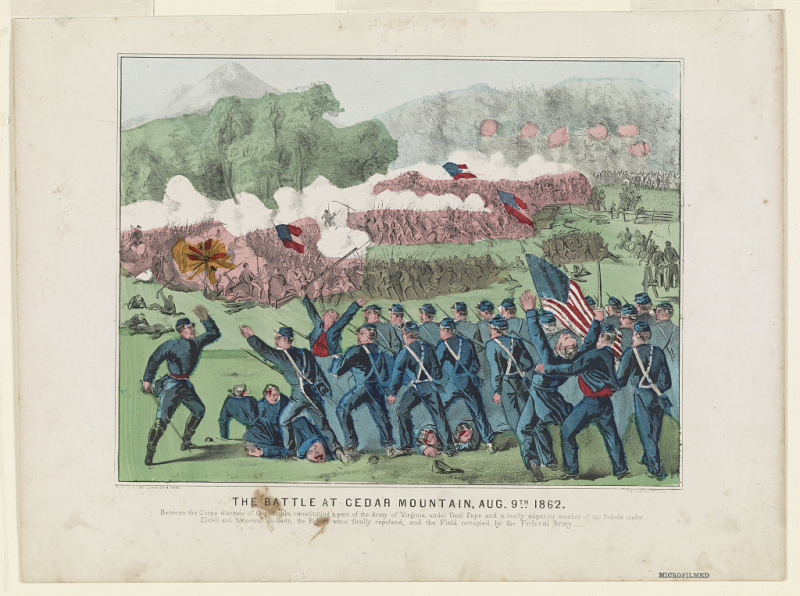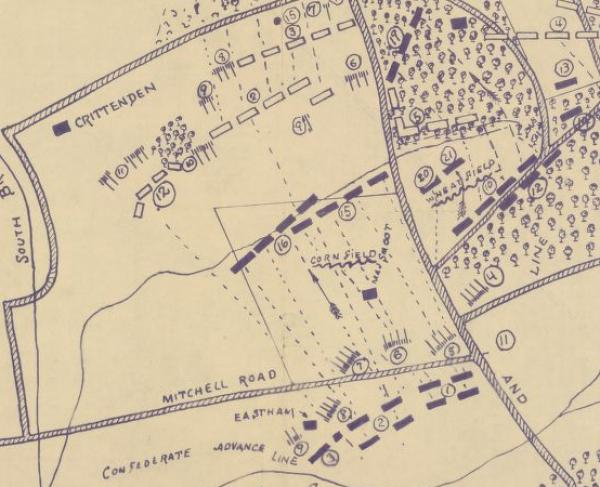There Were Twice As Many Confederate Forces As Union Troops At Cedar Mountain
The next fact in the list of facts about the battle of Cedar Mountain is that there were twice as many Confederate forces as Union troops at Cedar Mountain. At Cedar Mountain, the Confederacy deployed more than 16,000 soldiers against the 8,000 Union troops. The engagement defies common belief that the Federals always had an advantage in numbers on the battlefield, similar to Gaines' Mill six weeks previously. Battle losses were heavy, with 2,353 Union soldiers (314 dead, 1,445 wounded, and 594 missing), and 1,338 Confederate casualties (231 killed, 1,107 wounded). Over half of Crawford's brigade's personnel had been lost, including the majority of its officers. The loss rates for the Prince's and Geary's brigades were 30–40%. Prince was also taken prisoner, and both generals suffered injuries. A shell caused Brigadier General Winder to lose his life.
Confederate cannons, some of which were on Cedar Mountain, and Union artillery began exchanging fire at around two in the afternoon of August 9th. While Union infantry also arrived in force, Confederate infantry formed up to charge the Union cannons and suffered greatly while doing so. Banks, however, made the decision to stand and engage in combat in the face of his long-time adversary from the Shenandoah Valley. Confederate general Charles S. Winder of the Stonewall Brigade was fatally wounded as the Confederates attacked. Meanwhile, Union forces pressed the Confederate right and center, but their advance stalled.
At six o'clock in the evening, the Confederate left flank was attacked by the Union commander Samuel W. Crawford's brigade, which then started to roll up the entire Confederate line. Jackson created a striking figure as he swung a Confederate battle flag with one hand and his sword in the air with the other as the combat grew so tense that he attempted to rouse the men himself. The next day, despite a minor separation, the two sides remained near enough for intermittent light fighting to take place. The army stayed in position until August 11, when Jackson started to move his forces toward Orange.










